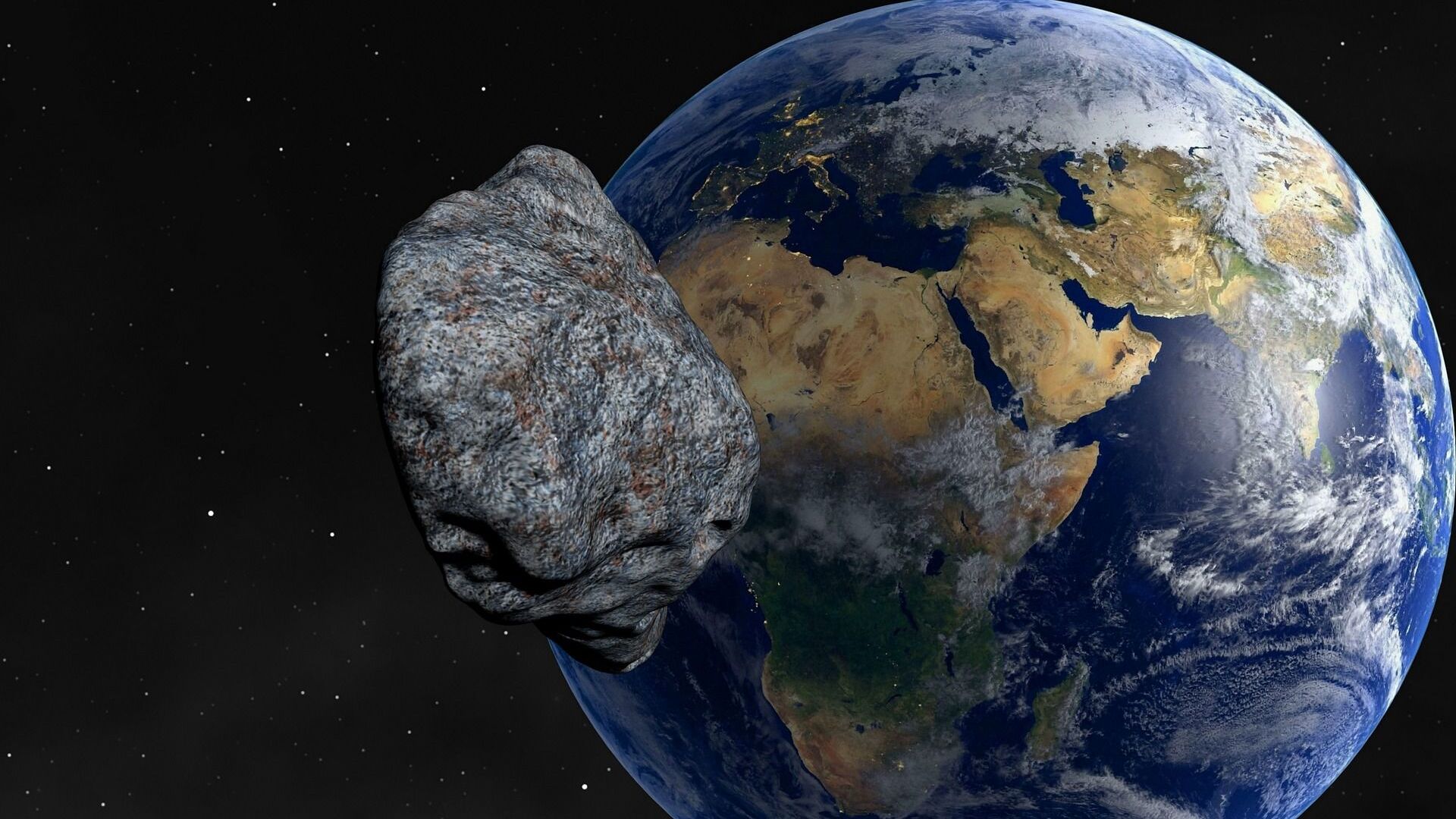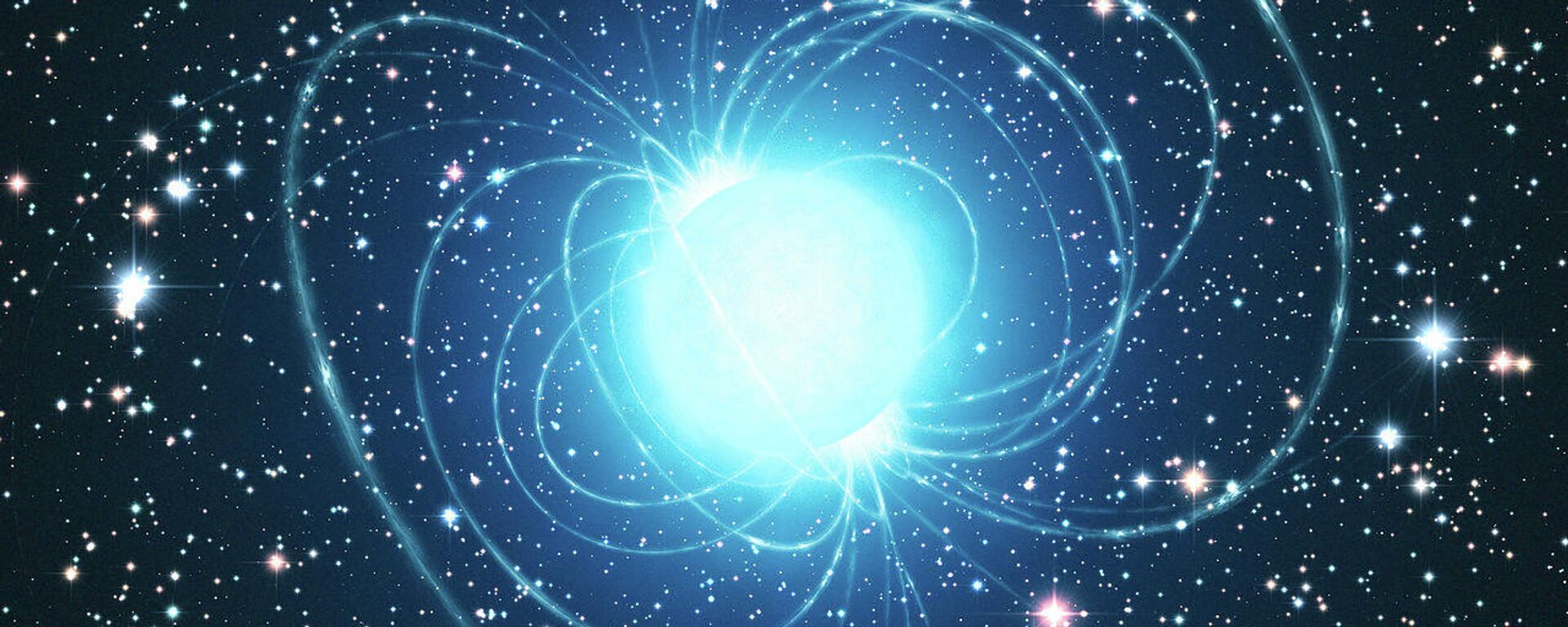https://sputnikglobe.com/20230808/ai-based-asteroid-hunting-tech-spots-first-dangerous-space-rock-1112467237.html
AI-Based Asteroid Hunting Tech Spots First Dangerous Space Rock
AI-Based Asteroid Hunting Tech Spots First Dangerous Space Rock
Sputnik International
An artificial intelligence algorithm designed to help astronomers spot potentially dangerous, potentially Earth-bound asteroids has made its first discovery.
2023-08-08T17:40+0000
2023-08-08T17:40+0000
2023-08-08T17:40+0000
beyond politics
asteroid
astronomy
artificial intelligence (ai)
atlas
https://cdn1.img.sputnikglobe.com/img/107929/07/1079290791_0:153:1921:1233_1920x0_80_0_0_2a03b3d4dfcff8e59ed02617ef16149c.jpg
The asteroid was spotted on July 18, 2023, and has been designated 2022 SF289. It is expected to pass within 140,000 miles of the Earth - well inside the Moon’s orbit. At that range, it’s been designated a Potentially Hazardous Asteroid (PHA). At 600 feet wide, if it impacted Earth it would hit with the explosive power of a 250-megaton nuclear bomb and leave a crater nearly 2 miles wide, according to calculations by Imperial College London academics.The discovery was made by HelioLinc3D, a program developed to aid the Vera C Rubin Observatory in Chile with its future Legacy Survey of Space and Time (LSST) mission. Since the observatory is still under construction, however, HelioLinc3D made the discovery using data from the ATLAS survey in Hawaii as part of its testing.When it’s deployed on the Rubin telescope, HelioLinc3D will help scan the entire sky of the southern hemisphere every three nights using a massive 3.2 gigapixel digital camera, bringing in colossal amounts of data about nearby space, including likely images of PHAs that human astronomers haven’t yet spotted.According to a news release, the image in which HelioLinc3D spotted the PHA was taken on September 19, 2022, when it was still 3 million miles from Earth, meaning it would have given humans ample warning to prepare for - or possibly even prevent - a catastrophe if it was judged to be on an Earth-bound course.The discovery was announced in the International Astronomical Union's Minor Planet Electronic Circular MPEC 2023-O26.Several efforts have been mounted in recent years to devise programs and capabilities for destroying or deflecting asteroids on a collision course with Earth. Last October, NASA’s DART mission succeeded at altering the course of an asteroid using a projectile - that is, they crashed a spacecraft into the rock. However, other approaches could include a “gravity tractor,” or putting a heavy object next to an asteroid to pull it onto a new course. However, all such approaches depend upon detecting the asteroid months or years in advance, and scientists say the greatest danger comes from “surprise” asteroids that weren’t previously spotted before zipping past the planet.
https://sputnikglobe.com/20230721/astronomers-discover-potential-new-type-of-star-emitting-powerful-intermittent-radio-bursts-1112050753.html
Sputnik International
feedback@sputniknews.com
+74956456601
MIA „Rosiya Segodnya“
2023
News
en_EN
Sputnik International
feedback@sputniknews.com
+74956456601
MIA „Rosiya Segodnya“
Sputnik International
feedback@sputniknews.com
+74956456601
MIA „Rosiya Segodnya“
asteroid; artificial intelligence; lsst; astronomy
asteroid; artificial intelligence; lsst; astronomy
AI-Based Asteroid Hunting Tech Spots First Dangerous Space Rock
An artificial intelligence algorithm designed to help astronomers spot potentially dangerous, potentially Earth-bound asteroids has made its first discovery.
The asteroid was spotted on July 18, 2023, and has been designated 2022 SF289. It is expected to pass within 140,000 miles of the Earth - well inside the Moon’s orbit. At that range, it’s been designated a
Potentially Hazardous Asteroid (PHA). At 600 feet wide, if it impacted Earth it would hit with the explosive power of a 250-megaton nuclear bomb and leave a crater nearly 2 miles wide,
according to calculations by Imperial College London academics.
Fortunately, its path doesn’t seem to take it on a collision course anytime soon - nor does any known PHA for the next 100 years.
The discovery was made by HelioLinc3D, a program developed to aid the Vera C Rubin Observatory in Chile with its future Legacy Survey of Space and Time (LSST) mission. Since the observatory is still under construction, however, HelioLinc3D made the discovery using data from the ATLAS survey in Hawaii as part of its testing.
When it’s deployed on the Rubin telescope, HelioLinc3D will help scan the entire sky of the southern hemisphere every three nights using a massive 3.2 gigapixel digital camera, bringing in colossal amounts of data about nearby space, including likely images of PHAs that human astronomers haven’t yet spotted.
“By demonstrating the real-world effectiveness of the software that Rubin will use to look for thousands of yet-unknown potentially hazardous asteroids, the discovery of 2022 SF289 makes us all safer,” Rubin scientist Ari Heinze, the principal developer of HelioLinc3D and a researcher at the University of Washington, said in a news release.
According to a news release, the image in which HelioLinc3D spotted the PHA was taken on September 19, 2022, when it was still 3 million miles from Earth, meaning it would have given humans ample warning to prepare for - or possibly even prevent - a catastrophe if it was judged to be on an Earth-bound course.
The discovery was announced in the International Astronomical Union's Minor Planet Electronic Circular
MPEC 2023-O26.
Awareness of the terrible destructive power of asteroid impacts has risen since the 1980s, when scientists made their first concrete discoveries that an asteroid or comet impact had been the likely cause of the sudden Cretaceous–Paleogene extinction event 66 million years ago - an event now widely accepted by the scientific community as having been triggered by the impact of a 6-mile-wide object that created the Chicxulub crater in Mexico.
Several efforts have been mounted in recent years to devise programs and capabilities for destroying or deflecting asteroids on a collision course with Earth. Last October, NASA’s DART mission
succeeded at altering the course of an asteroid using a projectile - that is, they crashed a spacecraft into the rock. However, other approaches could include a “gravity tractor,” or putting a heavy object next to an asteroid to pull it onto a new course. However, all such approaches depend upon detecting the asteroid months or years in advance, and scientists say the greatest danger comes from “surprise” asteroids that weren’t previously spotted before zipping past the planet.





